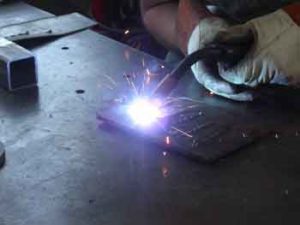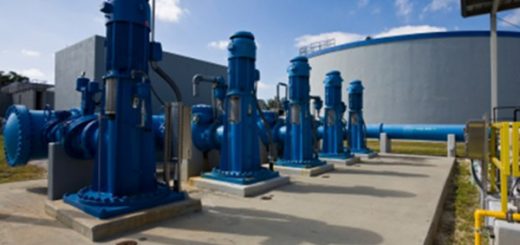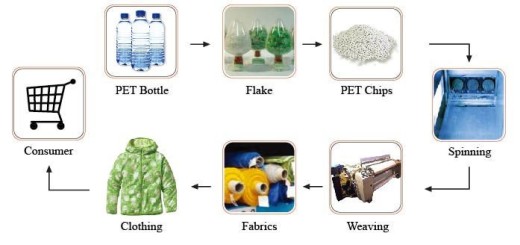Mig welding (GMAW process) advantages and disadvantages
GMAW process is the commonly used arc welding process, The gas metal arc welding process is most popular known as MIG, It is one of the most used joining processes in the world today, MIG is referred to Metal Inert Gas, GMAW is the joining of two metals by the use of the electric arc and continuously fed filler material .
The required equipment for this process are the constant voltage power source, the wire feeder, the welding gun assembly, the power cable and control cable that run from the power source to the feeder and the ground cable and clamp.
Advantages of GMAW (Mig welding)
Gas metal arc welding (GMAW or MIG welding) is the electric arc welding process that uses the spool of continuously fed wire, It can be used to join the long stretches of metal without stopping, GMAW processcan weld all metals by simply changing your filler wire.
GMAW process is the most widely used process as it has low cost equipment, It comes with low cost consumables, It offers high deposition rates especially when compared to stick welding and it has high electrode efficiencies.
GMAW process offers low hydrogen deposits, It comes with low levels of spatter by selecting the right mode of metal transfer, since Mig welding is the slag-less process, it does not require chipping slag, cleaning up flux or discarding unused stick stubs.
MIG Welding offers higher welding speeds, It presents greater deposition rates, It has less post welding cleaning (e.g. no slag to chip off weld), It offers better weld pool visibility, It offers no stub end losses or wasted man hours caused by changing electrodes.
MIG Welding offers low skill factor required to operate MIG welding torch, The positional welding offers no problems when compared to the other processes (Use dip or pulsed mode of transfer), The welding process is easily automated, It has no fluxes required in most cases and it is ultra low hydrogen process.
GMAW (Gas Metal Arc Welding) has high deposition efficiency, It has no slag to chip as compared to SMAW and FCAW, It can be used on thin materials with relative ease if properly set, It offers low Hydrogen weld deposit with all electrodes, It has high production factor since no slag is required to be removed and uses the continuous electrode.
MIG Welding offers higher productivity, Many welders will enjoy higher productivity due to the time saved by not having to change the rods or the chip away slag, They do not have to brush the weld repeatedly and they can work faster and cleaner.
MIG Welding is simple to learn, The welders can learn how to weld in a few hours, It is clean and efficient, As MIG uses a shielding gas to protect the arc, It is extremely versatile and can weld many metals and alloys, while operating at the variety of ways such as semi & fully automatic and high-quality welds can be produced much faster.
MIG welding is used for many metals such as aluminum, copper, stainless steel, mild steel, magnesium, nickel and many of their alloys, iron and most of its alloys, It offers faster welding speed, It increases the quality of the weld and overall control.
Disadvantages of GMAW (Mig welding)
GMAW process is sensitive to contaminants, It can only handle low to moderate levels of surface contaminants such as the rust, mill scale, the dirt, the oil and the paint, All these have potential to create the problems such as the porosity, the incomplete fusion, the bad bead appearance and even cracking.
GMAW process offers portability, It is sensitive to wind, the shielding gas can easily be blown away when welding outdoors, The fan or the wind draft of as low as 5mph can be enough to cause porosity and GMAW process causes lack of fusion due to the ability to weld at low currents.
GMAW process is an open arc process as with most welding process, GMAW exhibits the open arc, Proper care must be taken to shield the welder and bystanders from the harmful UV rays, Mig welding causes fast cooling rates, The welded metal will be cooled at rates that are higher since they are not covered by slag when the weld is completed.
MIG welding has higher initial setup cost, The atmosphere surrounding the welding process has to be stable, So, It is limited to drought free conditions, It needs Shielding Gas so welding in windy conditions can be difficult, It has higher maintenance costs due to the extra electronic components.
MIG welding has less efficient where high duty cycle requirements are necessary, The setting of plant variables requires high skill level, The radiation effects are more severe, Mig Welding requires the wire feeder which is difficult to move and can sometimes be the maintenance/repair burden.
Mig Welding has no slag system so, out of position welds are sometimes more difficult, There is increased chance of lack of fusion if the parameters and welding technique is not controlled, The gun is difficult to get into tight places and it is not suitable for windy conditions.
The welders will notice right away that MIG welding equipment is more costly and complex while also sacrificing portability, The shielding gas, the electrodes and the replacement tips and the nozzles for MIG welding can add up.
Mig welding offers limited positions, It is unsuitable for outdoor welding, It is not being portable, MIG welders are also unsuitable for working outside since they use the shielding gas to protect the purity of the weld, The wind will play havoc with the shielding gas and impact the quality of the weld.
The MIG welder also can’t be hauled out into the field to repair a tractor but works great in the garage for automotive work, Mig welding is unsuitable for the thick metals, While it is suitable for thin metals, It can not be used in the vertical or overhead welding positions because of the high heat input and the fluidity of the weld puddle.
Ultrasonic welding process uses, advantages and disadvantages
Robot welding advantages over manual welding
Laser Metal Deposition uses, types, advantages and disadvantages














